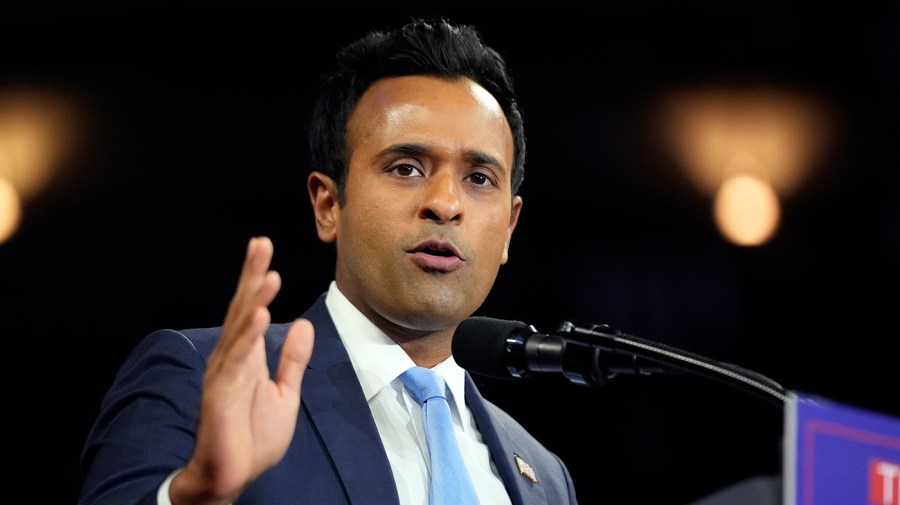While Beijing built gigafactories, the United States debated tax credits. China saw electric vehicles as an industrial strategy — we saw them as climate policy. Now, China commands 60 percent of global battery electric vehicle sales and dominates the battery supply chain that will power tomorrow’s cars, trucks and buses. America barely reaches 16 percent.
It didn’t have to be this way. It was an American company — Tesla — that reintroduced electric vehicles into modern driving. In 2009, Tesla announced its first all-electric Model S, and began delivering them four years later. Affluent American consumers rushed to buy this new “it” car — but most Americans balked at its high price tag. China jumped at the opportunity to industrialize: it took the concept pioneered by Tesla and transformed it into a mass-market revolution.
By 2015, China had already surpassed the United States in domestic battery electric vehicle sales. Although many of these were Teslas, China’s early adoption signaled where the industry was heading.
That same year, Beijing launched “Made in China 2025,” an industrial policy to accelerate advanced manufacturing capabilities and reduce foreign dependence. But China’s leaders had identified “new energy vehicles” as a strategic sector long before that — as early as 2006 — and followed up with a National Energy-Saving and New Energy Vehicle Development Plan in 2012. When “Made in China 2025” elevated electric vehicles as a national priority, the industry exploded.
Meanwhile, the U.S. took a wrong turn. Instead of focusing on the electric vehicle as a breakthrough technology, Washington framed it as an environmental issue — one that remains politically divisive.
American policy solutions suffered as a result. The $3,400 federal tax credit introduced in 2005 — later raised to $7,500 — was the most ambitious measure we had. (It expired on Sept. 30.) States added rebates and HOV lane access, but these incentives aimed to change consumer behavior, not to strengthen American manufacturing. That narrow framing had global consequences. While we debated environmental incentives, China was building the foundations of a new industrial order. Today, the world’s leading electric vehicle producers are increasingly Chinese.
Electric vehicles are not just clean cars, but rather computers on wheels, connected to data, chips and infrastructure. Losing the electric vehicle race means losing leverage over critical technology standards, supply chains and industrial jobs. This isn’t just about automakers; it’s about national power and the future of our tech ecosystem.
In China, electric vehicles are now at the center of innovation. Companies are integrating augmented reality entertainment systems, artificial intelligence-assisted driving, and even rooftop drone installations, alongside advances in fast charging and battery design. Beijing is now rolling out its intelligent connected vehicle strategy that integrates vehicles with roads and cloud systems through AI-driven networks. If China exports this ecosystem globally, non-connected U.S. and allied vehicles risk being locked out of future markets.
The U.S. must start treating electric vehicles as an advanced technology sector central to our economic competitiveness and innovation power. National leaders should move beyond purchase subsidies to focus on industrial build-out, software-defined vehicle research and development, and secure data infrastructure.
And we don’t have to do it alone. Allies from Japan to Germany face the same challenge. Joint battery production, shared industrial standards, and coordinated investment can strengthen all our industries — together.
Electric vehicles aren’t a climate accessory. They’re the next platform for global technological power. America can’t afford to sit in the passenger seat.
Channing Lee is an associate director for foreign policy at the Special Competitive Studies Project.














